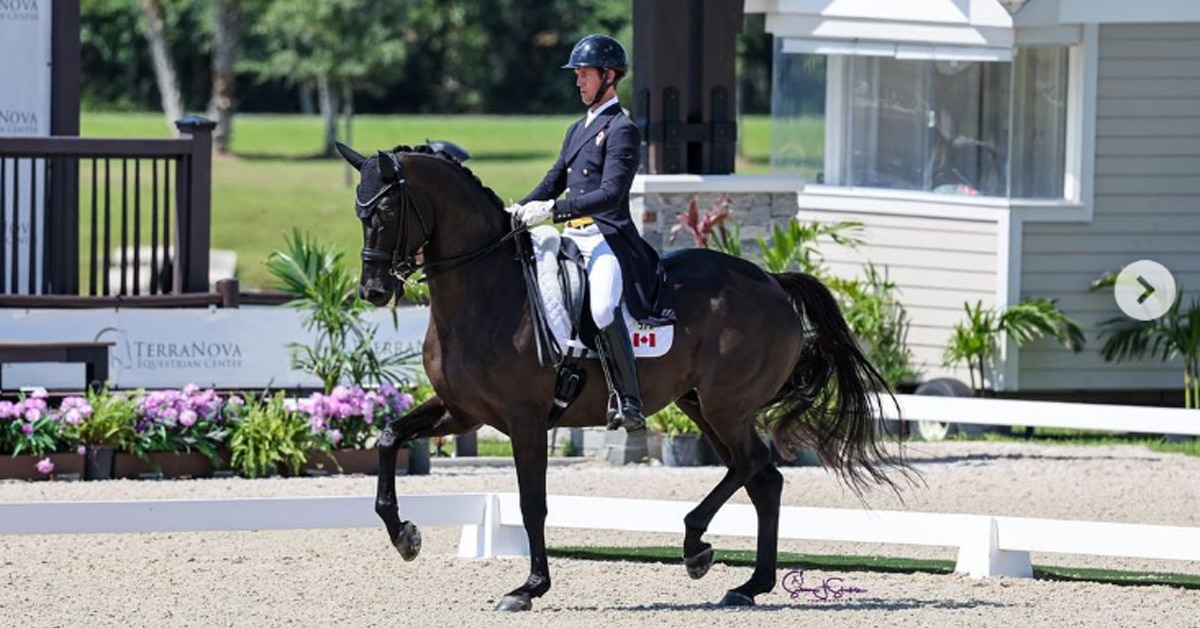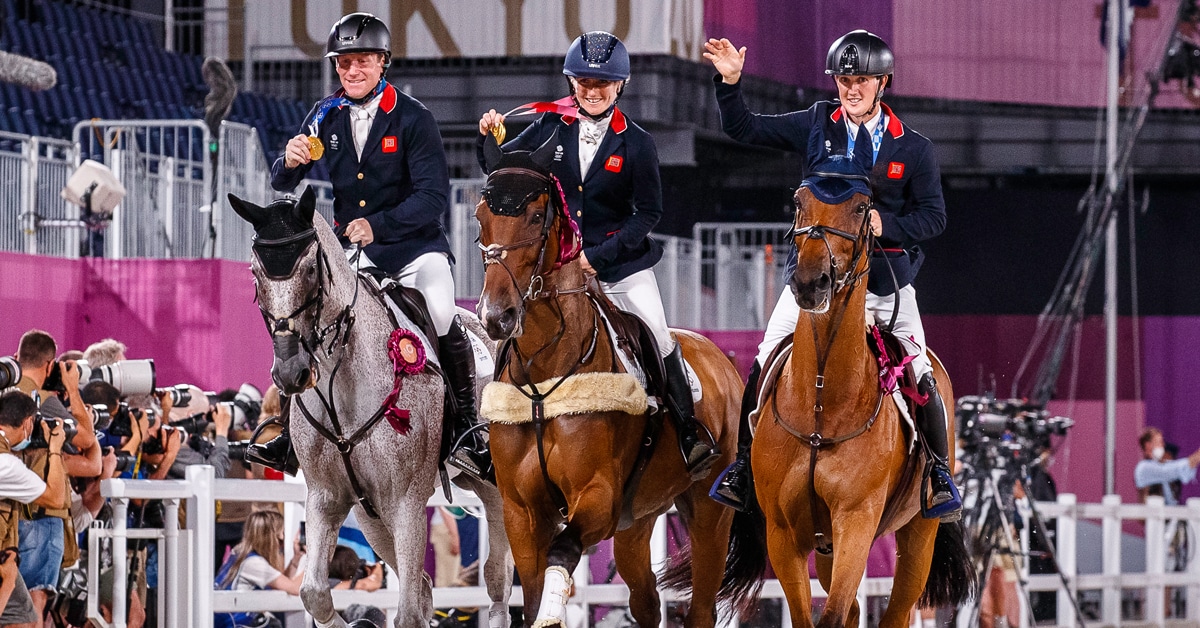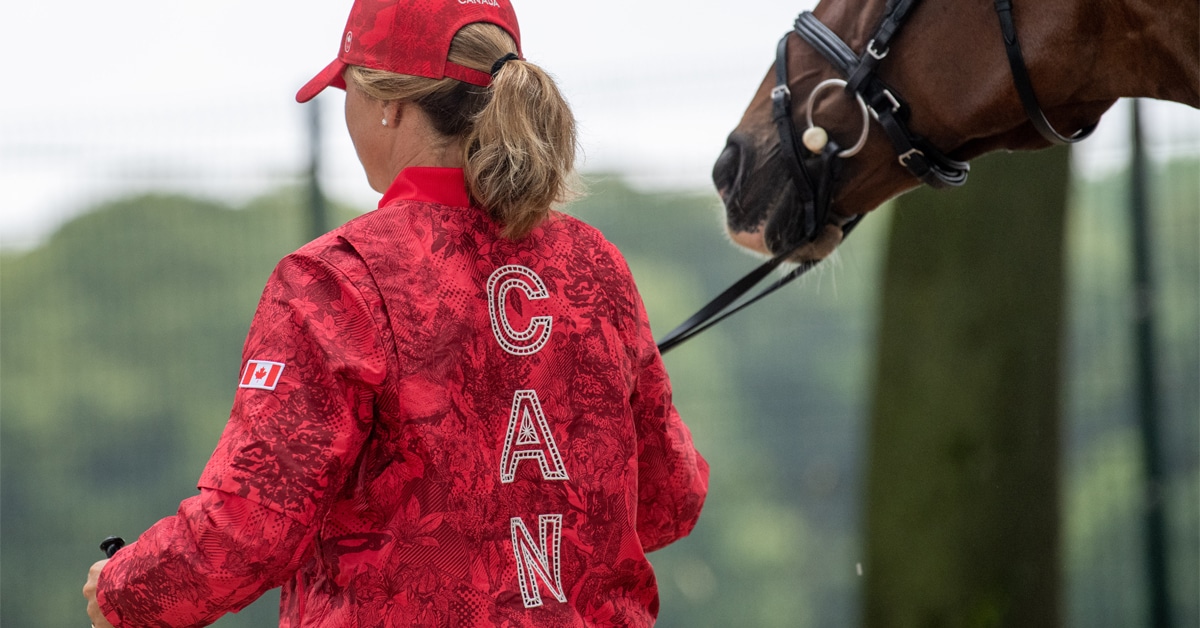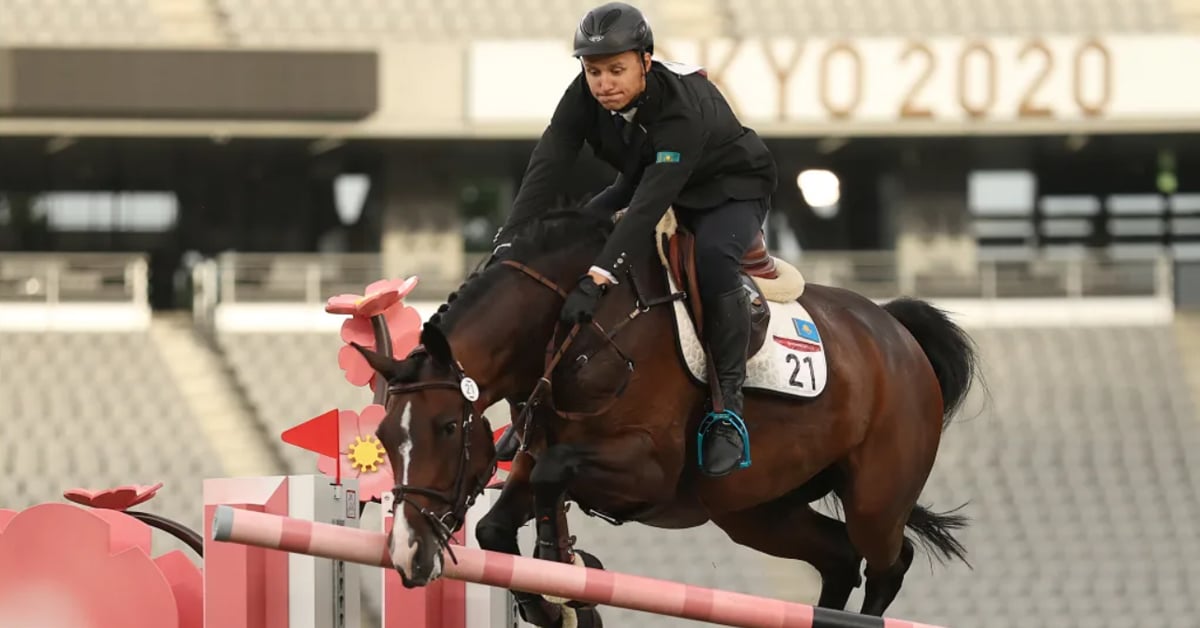As the jumping coach for the senior Canadian pentathlon team I feel the need to speak out about the equestrian issues in the sport that surfaced in Tokyo 2021. I feel we need to protect the welfare of the horse much more strongly than the current rules state.
We need to change the Pentathlon rules of show jumping to protect the horse from abuse. What occurred in Tokyo is not the exception and I have personally witnessed many competitions where riders are “out of their depth” in the show jumping phase. Fueled by personal ambition they attempt to compete, but the horse has to pay the price for the lack of skills. We need to change the rules to stop the less skilled rider from continuing on after a mistake. In this way the horse does not suffer from repeated errors.
Horses for the jumping phase of pentathlon are donated by their owners. Riders have 20 minutes and 5 jumps to learn their horse’s “language”. Each horse is ridden by 2 riders, selected by draw. There is no appeal if a horse appears lame or unsuitable. If the first rider has a fall or refusals, the horse will lose confidence and it will be nearly impossible for the second rider to achieve a good result.
The governing body for horse sports, the FEI (Federation Equestre Internationale) currently has no jurisdiction over the use of horses in Modern Pentathlon.
On March 24, 2019, a Canadian athlete, Robert Bonomo, was competing in Barcelona for a spot on the Pan Am Team. In the warmup ring the horse fell three times and had trouble getting up. Robert asked for a replacement horse, but was denied by the stewards. There was no documented evidence of an inspection of the horses’ competency to jump, which is compulsory before all the start of all competitions. This was a major ethical breach. In the competition ring a video shows the horse falling three strides in front of the first jump, so Robert dismounted and was eliminated for not continuing his round. Barcelona is a long way to go, only to be denied a spot on the national team owing to a clearly unsuitable horse being provided for him to demonstrate his (considerable) riding ability).
The situation in Tokyo was not unique. On the contrary. For many years our colleagues, the competitors, and I have been advocating for changes to the system, but all appeals have been ignored by the UIPM.
We would like to offer the following suggestions if Jumping is to continue as part of Modern Pentathlon in a safe and humane way.
1. Follow the FEI Code of Conduct for Animal Welfare https://inside.fei.org/…/Code_of_Conduct_Welfare_Horse…
2. Use an FEI Steward in the warmup arena.
3. Use an FEI accredited Jump Course Designer.
4. Design the jump course that is technical rather than high so that a good rider is rewarded, and a bad rider does not harm a good horse. The course would include bending lines, skinny jumps, and one-and two-stride combinations, which can be designed with increasing levels of difficulty.
5. Design a 2-phase jumping competition that will prevent the less skilled rider from continuing to the more difficult second phase.
- The First phase has lower jumps but the course must be jumped clear within the Time Allowed in order to qualify for the second phase
- This will stop the less skilled riders from entering the more difficult second phase. This will help protect the welfare of the horse.
- The second phase has higher jumps and must be jumped clear and within the Time Allowed for the competitor to achieve maximum points
- Under discussion is possibly using Fault and Out rules where a rider must stop and retire upon having a fault. After a fault the bell is rung and the rider must retire from the competition. The rider must loosen the reins and walk out. The horse must not be punished after a fault. This protects the welfare of the horse.
6. Currently, the required height for jumps at international competitions is 1.2 metres. We propose that this be lowered to 0.9 metres for first half and maximum of 1.0 metre for the second half. This would make it easier for the horse, and substantially increase the pool of suitable horses. It would also reduce the possibility of accidents if the horse is badly ridden. Also under discussion is using 1m and 1.1 m height for the two phases.
7. We propose that the standard of riding could be improved if an FEI Course Designer provided a portfolio of 2 dozen or more appropriate courses to be used by national competitions. This could also be a training tool for riders and their coaches. For International competitions a similar style of course would be used.
8. In Para Equestrian, there are International Classifiers who determine the Grade of competition for all national and international para riders. UIPM could institute a similar system whereby riders are evaluated before they are allowed to compete internationally.
9. UIPM could keep track of each rider’s Points in the jumping phase so that there is a world ranking for the Jumping phase. Then, of each pair drawn for a particular horse, the first to go would be the higher ranked rider. This would help prevent a less skilled rider from impeding the chances of the second rider.
***


More from News:





